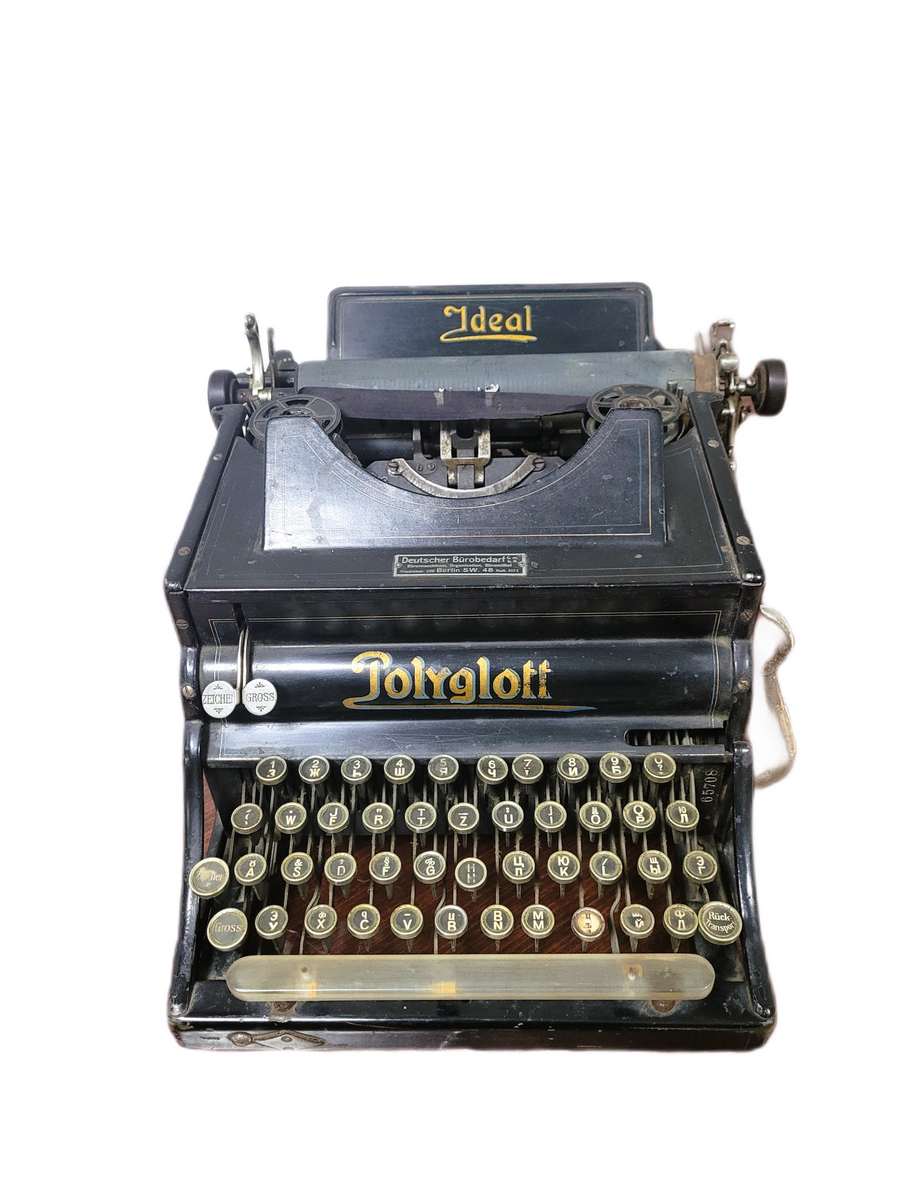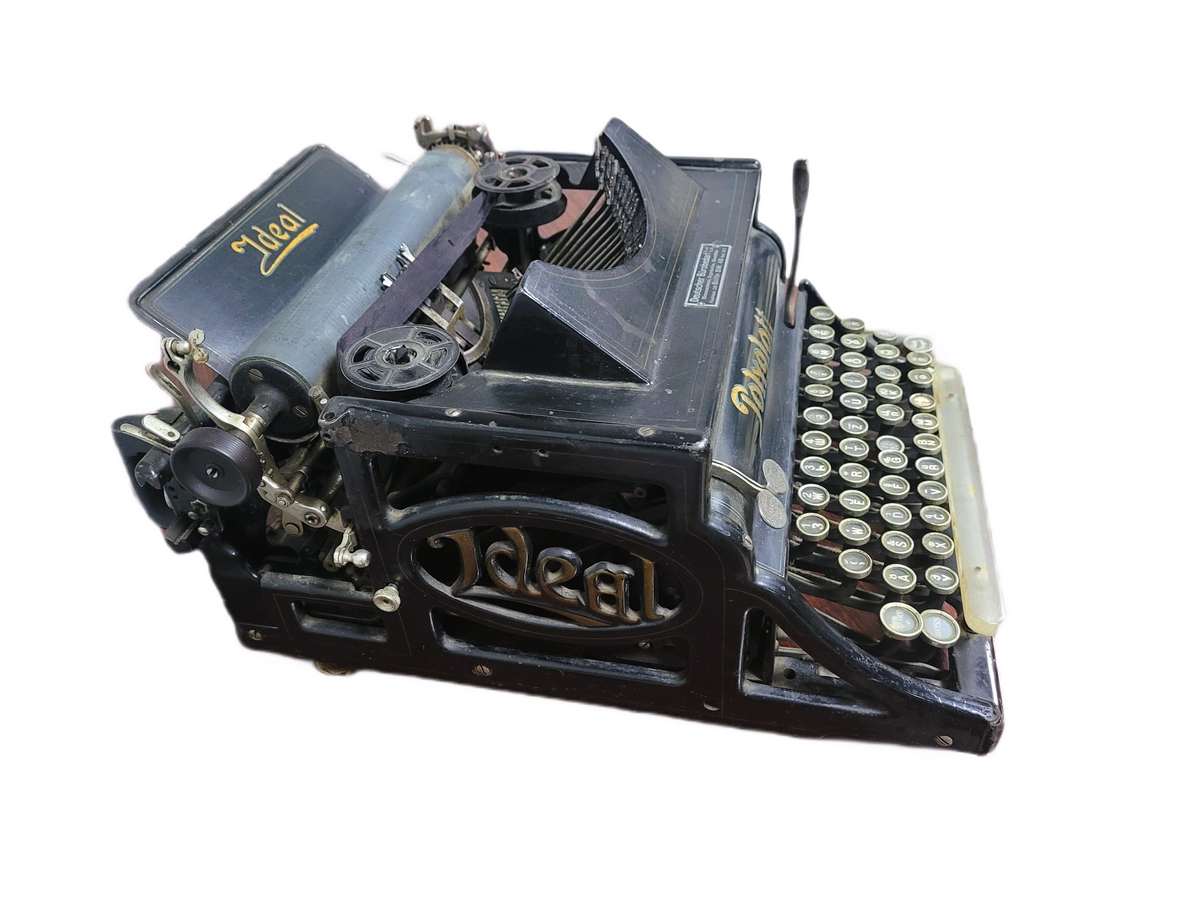Wednesday, 29 May 2019, at 14.00, the National Museum of History of Moldova invites you to the photo and documentary exhibition "Black Pentecost. Deportation in Bărăgan" organized by the International Center for Studies into Communism of the Memorial of the Victims of Communism and of the Resistance, Sighet, Romania.
The exhibition brings together photographic images and documents reflecting the drama of the over 12,780 families deported in Bărăgan in June 1951 by the communist regime in Romania.
The deportations from Banat and Mehedinţi, from the summer of 1951, are one (and the cruelest) among the many social purification projects initiated by the communist regime of the Gheorghiu-Dej period, in full Soviet domination. Following a plan prepared for three months with a diabolical accuracy, on the night of 18th to 19th June, over 44000 persons were taken out of their homes without any prior notice, starting with women and men capable of work and continuing with their families, composed of elders up to 85 years old and children of all ages (one of them, born only two days before). After a two-week-long difficult road closed up in wagons meant for the transportation of animals, the deportees were laid in several railway stations in Bărăgan, from where trucks took them in 18 different points of the steppe desert. Abandoned under the open sky of a hot summer, they had to build their huts under the ground, as in the primitive commune. In the following years, they built better houses and started cultivating virgin lands. This is how they managed to assure food for them and for the animals in the yard, overcoming poverty and isolation, surviving as Robinson Crusoe of the 20th century.
The question raised by the exhibition "Black Pentecost: Deportation in Bărăgan" is: what was the purpose of uprooting of such a large number of people? Was the Communist regime worrying about diligence, earnestness, anti-communism, hope for the Americans to free them, penetrating the country through Tito's Yugoslavia? Otherwise, the huge forces employed into this project cannot be explained: over 10,000 armed soldiers (securitists, militians, military school students, border guards and firemen) coordinated and supervised by 2500 party activists.
Five years later, in 1956, the deportees returned to their homes, but many found them occupied by the regime's profiteers, and they were forced to take their lives for a second time. 1600 of them (of which 175 children) had died in detention and soon their bones were shown with the tractor, along with the villages made one with the ground.
Some villages, however, have been turned into "binding residence" centers for the thousands of political prisoners released from prison at the expiration of the sentence, but considered recalcitrants and "irreducibles". Between 1955 and 1964, at Rubla, Lăteşti, Măzăreni, Dropia, Zagna, Fundulea have lived many personalities of political and cultural life, including Corneliu Coposu, Ion C. Brătianu, Dan M. Brătianu, Constantin C. Giurescu, Ion Diaconescu, Camil Demetrescu, Hans Bergel, students Paul Goma, Dan Mugur Rusiecki, Ion Varlam. Penalty supplements, ranging from 12 to 60 months, long-term cohabitation in a small perimeter allowed them to become friends, transform their new existence into a school of solidarity. The most inhuman detention in this period was that of seven children - aged between 1 and 12 - deported to Lăteşti together with their mother after their father, a reformed priest, had been sentenced to 22 years. Another Orthodox priest was sentenced to hard labor for life because he dared leave briefly the binding residence, where he was brought after nine years of detention. In summary, however, the disintegration of the civic spirit did not succeed either with the deportees nor with the binding residents, and the Communists had to postpone the total atomization of society until the ‘70s - ‘80s, when the new generations gave in to the prophylactic terror triggered by the new communist regime.
The "Black Pentecost: Deportation in Bărăgan" exhibition is made up of 28 panels which show in a chronological and thematic order the international situation of the 1950s (the breaking of Tito by the Stalinist Kominform), elaboration of the "dislocation" plan, drafting of "black lists" and implementation of the deportation, life in Bărăgan, house building, earning water and food, school, work, funerals, and finally "Binding Residence". Explanatory texts are complemented by hundreds of photos, maps and objects, all of which come from the database of the International Center for Studies into Communism. Personal testimonials are transcripts of records made by CISAC collaborators.
The exhibition was made first in 2011 at the 60th anniversary since the deportations of June 1951 and was part of the project "Memory of Deportations in Romania", supported by the program "Europe for Citizens. Active European remembrance" of the European Commission.
Exhibition team: Romulus Rusan with Ioana Boca, Virginia Ion, Andreea Cârstea, Angela Bilcea. Graphic design: arch. Octavian Carabela, MB Studio.
 31 August 1989 St., 121 A, MD 2012, Chisinau, Republic of Moldova
31 August 1989 St., 121 A, MD 2012, Chisinau, Republic of Moldova




 The side panels are elegantly decorated with refined cast-iron elements in the Art Nouveau style, displaying the brand name - "Ideal." The Polyglott model, featuring a bilingual keyboard patented in the United Kingdom by Max Klaczko from Riga, Latvia, was produced between 1902 and 1913, marking the first typewriter capable of writing in two languages. The "Ideal Polyglott" typewriter was actively sold in the Russian Empire and gained significant popularity in Poland, Bulgaria, and Serbia.
The side panels are elegantly decorated with refined cast-iron elements in the Art Nouveau style, displaying the brand name - "Ideal." The Polyglott model, featuring a bilingual keyboard patented in the United Kingdom by Max Klaczko from Riga, Latvia, was produced between 1902 and 1913, marking the first typewriter capable of writing in two languages. The "Ideal Polyglott" typewriter was actively sold in the Russian Empire and gained significant popularity in Poland, Bulgaria, and Serbia.













































